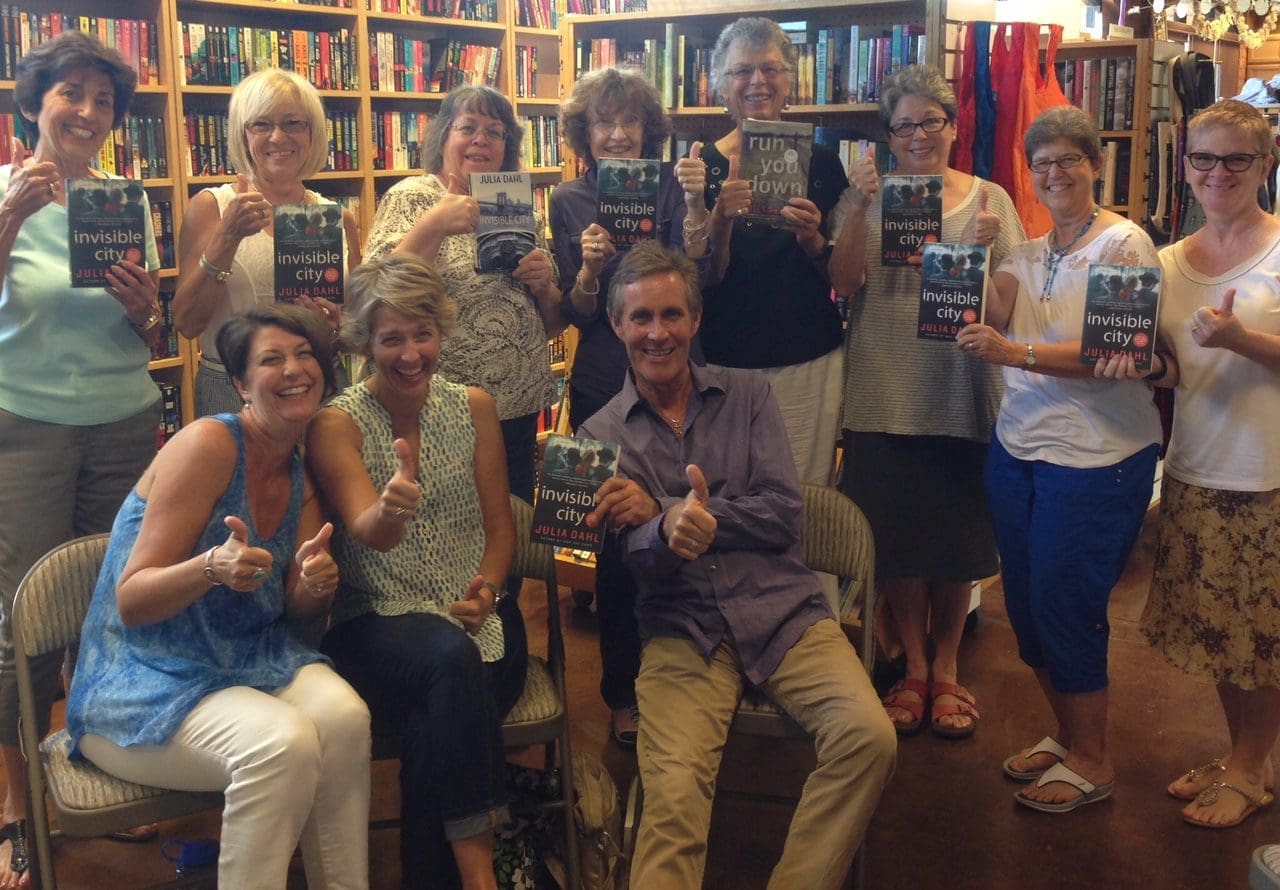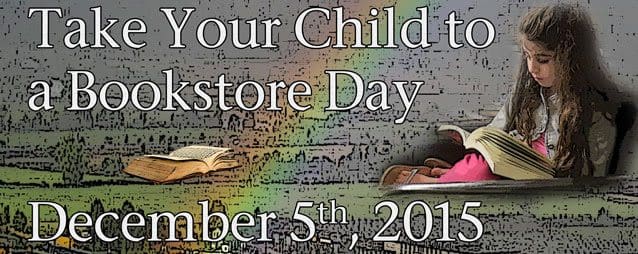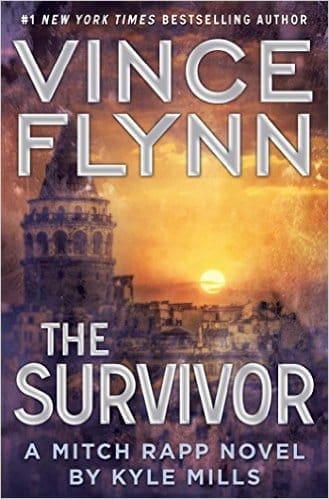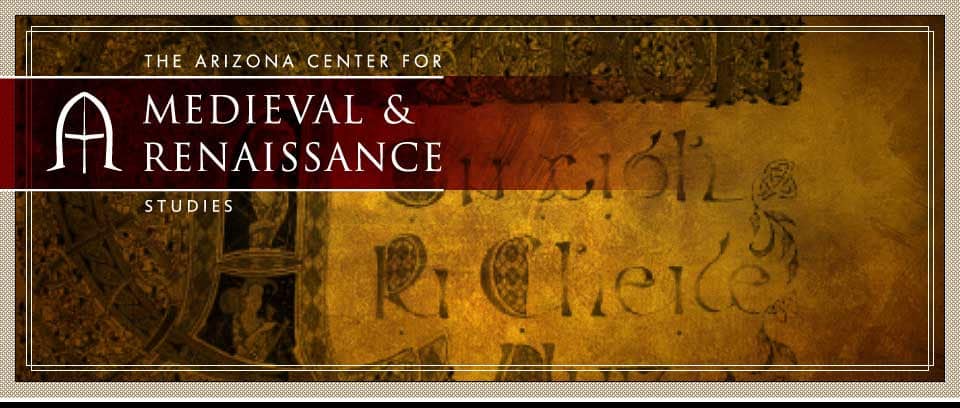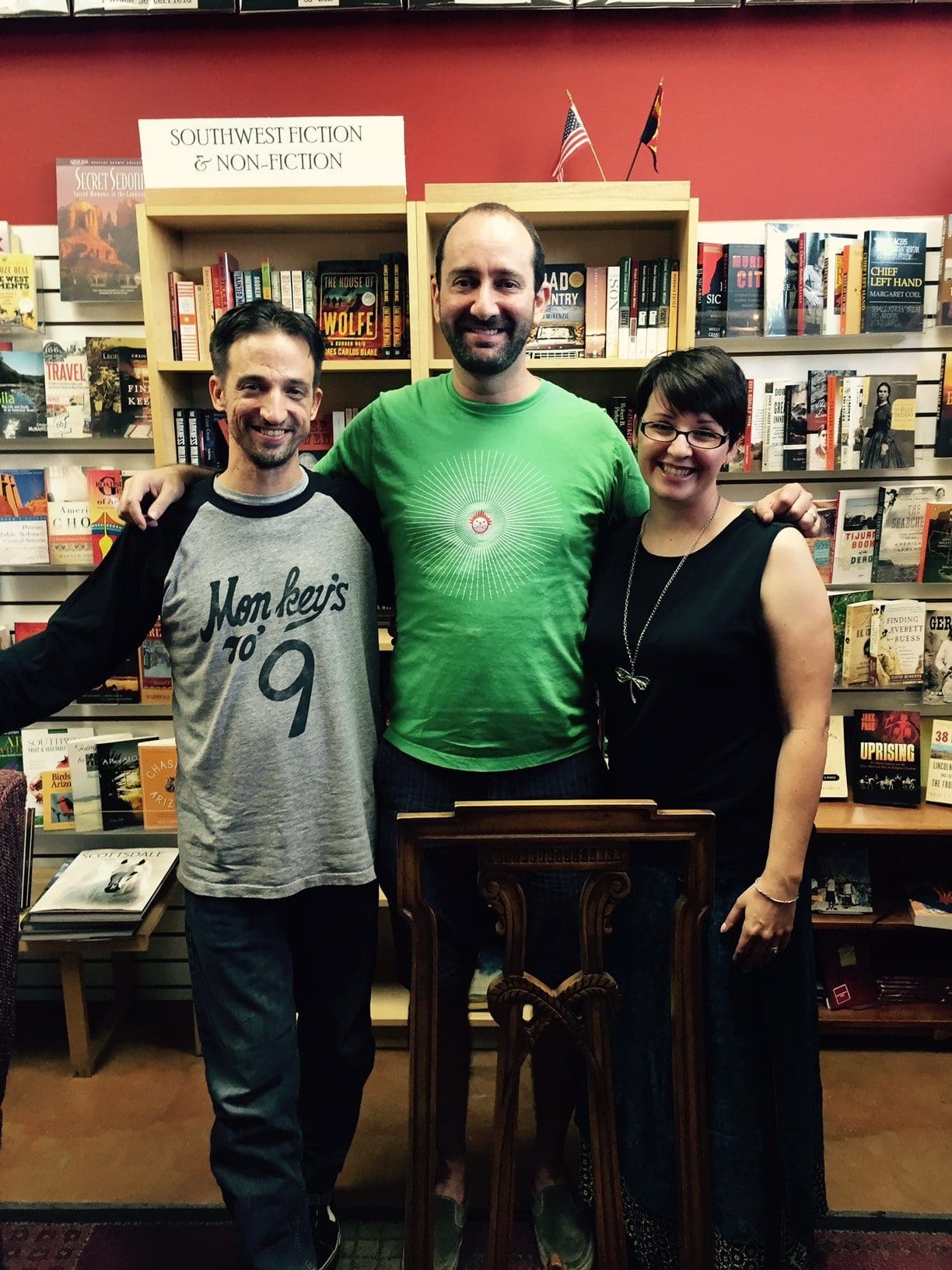Fiction Review
Please vote for us!
Please take the time to vote for the Poisoned Pen Bookstore for best locally owned business.
Thank you!!!
https://azcentral.secondstreetapp.com/l/azcentrals-Best-Readers-Choice–Fall-2015-Voting-Phase-1/Ballot/BestLocalScottsdaleBusinessSingleLocation
Funko Toys at The Pen
The Poisoned Pen is delighted to supply the Official Outlander 2016 Calendar and a selection of Outlander Funko Toys, but they won’t be autographed. The material is slick and Diana’s signature smears. We don’t want to disappoint anyone. Thanks for your understanding.
But the new coloring book can easily be signed on the title page, avoiding the slick outer cover.
Sorry for all the confusion.
This Saturday at 2:00 PM Kyle Mills signs the Survivor, the latest Mitch Rapp book
We’re so excited to be hosting Kyle Mills this Saturday. Kyle is continuing Vince Flynn’s series and has been getting a lot of buzz. Here is an interesting interview he gave recently. See you Saturday!
To order today click here!
AZ Central’s interview with Kyle Mills
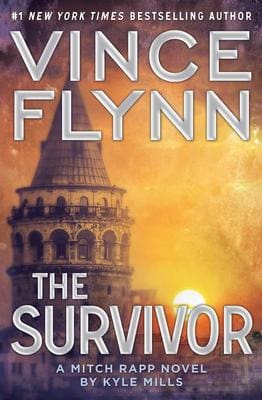 This blogpost is taken from AZ Central: https://www.azcentral.com/story/entertainment/books/2015/10/05/kyle-mills-vince-flynn-mitch-rapp-the-survivor/73386580/
This blogpost is taken from AZ Central: https://www.azcentral.com/story/entertainment/books/2015/10/05/kyle-mills-vince-flynn-mitch-rapp-the-survivor/73386580/
When Vince Flynn died two years ago, he left behind a bestselling series of novels featuring Mitch Rapp, an undercover CIA counter-terrorism agent. Rather than let the character fade away, the reins were handed over to Kyle Mills, who has written several novels under his own name.
“The Survivor,” Mills’ first book in the series, finds Rapp searching for the accomplices of a late CIA traitor. This isn’t his first experience of taking over for a late author; Mills also wrote three books in Robert Ludlum’s “Covert-One” series. He called to speak about the book and his appearance at the Poisoned Pen on Saturday, Oct. 10.
Question: How did you come to take over the series?
Answer: I had a call from my agent one day, asking me about it. I obviously had been aware of Vince’s death, but that was months before. My agent said he was talking to Vince’s agent, and told him he should think about me if they’re going to continue the series. We kind of continued from there.
Q: Why did this appeal to you?
A: I love Vince’s books. I love the Mitch Rapp character. The idea of being able to get my hands on that and play with it I found really appealing. I’ve written 15 books in my life, but I’m still a fan, too.
Q: What kind of details did Vince leave behind for where the character should go?
A: It was a smaller way than I thought it would be. When I signed on, they’d given me three pages that he’d written. I never asked about his writing process. Mine is to write huge outlines, do a bunch of research and start the book. I assumed all that existed, but he just started on page one and went nuts. So that was all I had.
Q: How did you know what the story would be if there were only three pages?
A: Vince has a way of arcing storylines over multiple books. He had a really strong main character and a strong universe went around the character. “The Last Man” (Flynn’s last Mitch Rapp book, from 2012) didn’t tie up all the loose ends, so there was a story to continue. The first three pages he wrote were the beginning of a recap of what happened in “The Last Man.” He was going to wrap that story up in “The Survivors,” so that’s what I continued to do.”
Q: You’ve taken over series before. Is the goal to show your voice or keep the original author’s?
A: It depends on the series. The goal here is to make this transition completely seamless. My hope was no one would know where he left off and I where I started. So far, I think I’ve been successful. Fans who got a preprint have asked which chapters did I write and which ones did Vince write, and the answers have been all over the place.
Q: Will more of your voice come out as the series continues?
A: I want to keep it with Vince’s voice. There are changes that have to be made, but they are changes I think he would have made. The world is changing, and his books always felt current, ripped from the headlines. I have to continue that process, and that’s necessarily going to change the books. The character has changed over time, just like a person would, his growth path through life has to continue. He’s going to change as he gets older and has relationships. My goal very much is to think, “What would Vince be doing with this if he were still writing?”
Q: How much studying did it take to take over this world?
A: I took 140 pages of notes, very detailed stuff, of all kinds of mundane things you have to worry about when you have to write a book for somebody else. Readers are very sensitive to what words he uses, how are they set up, how things are carried out, how he writes action. There are lot of little details about the architecture and engineering of the book that I don’t see if I’m reading one of his books for fun. You find out weird things you wouldn’t notice, like a lot of his action sequences in some way involved a dog.
Q: And readers notice these things?
A: I got an e-mail from a reader from the preprint. They said it was fantastic, but Vince didn’t do all this swearing. I told him: I have all the books on computer, and you’re going to be surprised. Vince used the word “f-k” 76 times in his last one, and I used it six. That’s the funny thing. You have all these impressions that aren’t always accurate. I always thought of Vince as one of the great action-thriller writers of all time, yet he never started his books with an action scene. If you had asked me about that before, I’d have said, “Of course he’s started books with action scenes!”
Reach the reporter at randy.cordova@arizonarepublic.com or 602-444-8849.Twitter.com/randy_cordova.
Kyle Mills
When: 2 p.m. Saturday, Oct. 10.
Where: The Poisoned Pen Bookstore, 4014 N. Goldwater Blvd., Scottsdale.
Admission: Free.
Details: 480-947-2974, poisonedpen.com.
Lecture on Female Pirates at the Irish Cultural Center this Sunday August 29th at 7:00 PM
The violent world of the Colonial West Indies was generally conceived in male terms: pirates and privateers, sea battles between Europe’s imperial powers, emancipated Maroon slave communities led by men…but the Early Modern Caribbean was the scene of some of the most famous female buccaneers in history. Their names: Anne Bonny, Mary Reade, and countless others, as well as their Old World predecessors, such as the Irish women pirates who fought, and made a truce with, Elizabeth Tudor, open up a new field for Renaissance, New World, and gender research. Women sailed the seas and commanded male crews; led slave revolts and gave the newly freed persons equal status on their pirate ships, and challenged imperial might. The Victorian re-write of history relegated these women to a side-role, due to their “harsh” characters; but modern day West Indian writers and historians are reclaiming them as their own. The female pirates of the Caribbean constitute an important chapter in the maritime history of the Early Modern period, and in the development of race relations in the Colonial Americas.
Our amazing archive of author interviews!
For those of you who don’t know, we Livestream many of our author events. Not only can you watch them live, but you can also watch older ones whenever you please and for no charge. For instance, this last Saturday we had the pleasure to host three local authors, Tom Leveen, Amy K. Nichols, and Bill Konigsberg. It was a really great event, both interesting and funny.
To browse our Livestream archive, click here. Or, to order any of the authors events, just click their names above.
Our Croak & Dagger Book Discussion Group Gives Julia Dahl the Big Thumbs Up
Julia Dahl gets a unanimous thumbs up from Croak & Dagger Book Discussion Group! Click the titles to order and read INVISIBLE CITY and RUN YOU DOWN and see what all the buzz is about. Send your own thumbs up photo to jeffrey@poisonedpen.com!